The Philadelphia Adventure
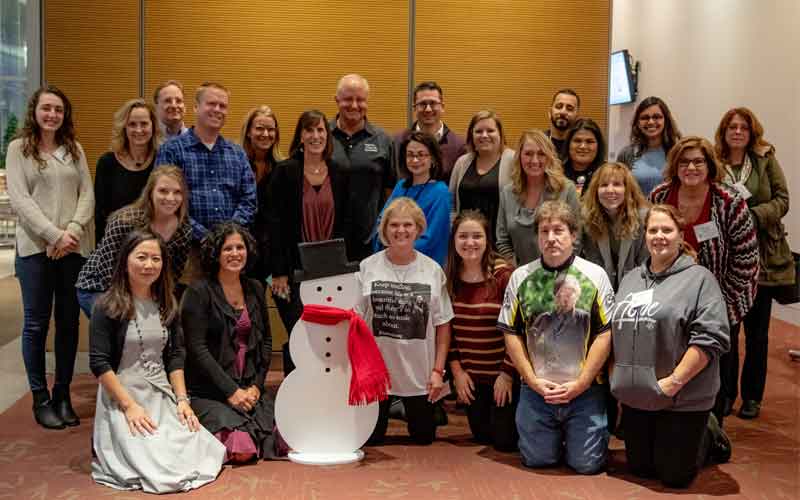
by B Elizabeth Serafin from The H Life, 12/09/18
reposted with permission
Brian and I spent a weekend we will never forget in Philadelphia. This wasn’t a vacation. We were invited to participate in a conference. Swifty Foundation organized a discussion group of 14 families. We all are a part of a club that no one should ever have to be a part of. We lost our children to a brain tumor and donated the tumor/tissue to research. Everyone agreed that they donated to find a cure.
It is a desperate plea from the depths of our souls that no other child suffers from brain cancer. We also agree that we never want another parent to go through this tragic loss.
The Swifty Foundation, Children’s Brain Tumor Tissue Consortium, and Dr. Angela Waanders are trying to cover all the bases in what has to be the most difficult situation. We have an incredible need for research to cure this cancer, but this can only happen through tissue donation.
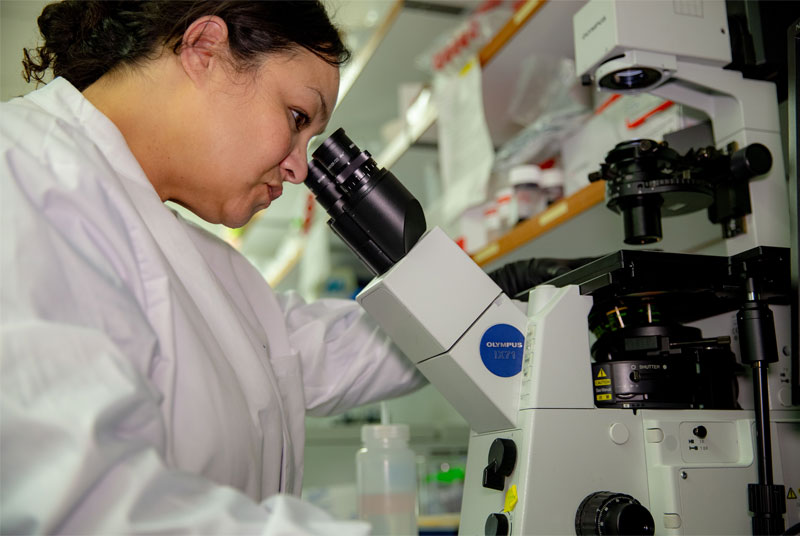 How does a physician best approach a family? During this time when our children are dying, we have a very little attention span. Most of us have not slept in a very long time. Our hearts are broken and the staff that has cared for our children, well, they are broken as well. In order to stop this cycle, donations have to happen.
How does a physician best approach a family? During this time when our children are dying, we have a very little attention span. Most of us have not slept in a very long time. Our hearts are broken and the staff that has cared for our children, well, they are broken as well. In order to stop this cycle, donations have to happen.
Yet, the staff is left with a daunting task. They are trusted with approaching families when they feel that they have given and fought harder than they have in their whole lives and yet, are losing their child. How is a family approached when all seems lost? Then to ask the family to give part of the child when the child is gone maybe seems heartless. I would like to say that it is not heartless. Sincerely, it is about giving a future to our children as well as giving a future to other families. It’s NOT AT ALL ABOUT GIVING UP. Our donation is allowing us to continue to fight and defeat this beast.
Brian took the lead here. I was not able to take my focus off the care of Heather. Sincerely, every fiber of my being was pleading before the Lord every healing story, every healing scripture. I am the caregiver and that is all I was willing to do. Heather is His, she is absolutely a child of God. Although I would not let go, I knew that Brian was right. If the only way God would heal her was to take her home, then the body she left behind should be used to make miracles happen for others. We decided to donate her brain and spinal cord. Not just the tumor itself. At that time, we did not understand the significance of that decision, yet it has been 3 years since Heather has gone home and we have learned much. The total brain and spinal cord give more information than the tumor can alone.
We shared our story and listened to the stories of the other families who came. Each family wants to do what we can to help find the cure. At the end of the day, we got to tour the research facility and biorepository. Yes, they actually let us in. These amazing scientists took the time on a Saturday night at 5 pm to give us a tour. Not just any tour, they explained and answered our questions that were pretty intense. I am so very grateful for that.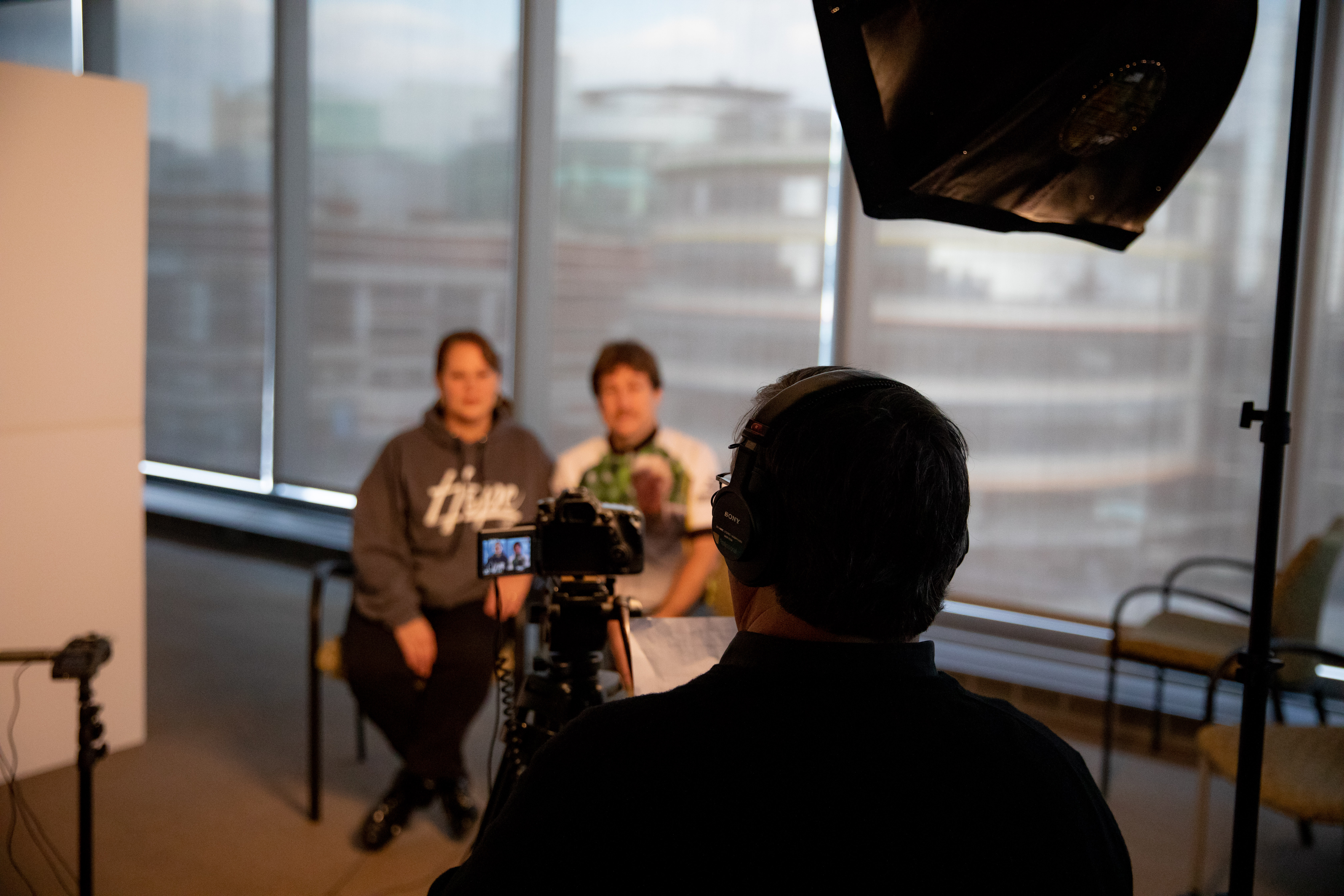
We got to see live DIPG and ATRT cells in the lab. These are cancer cells. We have seen the enemy. Brian asked, “So do you think you will find the cure?” Answer, “Yes” I swear it was confident as if i asked him if he wanted popcorn. “Yes” We can see that the researchers are as determined as we are. Parents asked questions like, “Are you ok with parents of children who have passed coming to see the cells like this? How does it make you feel?” I am not sure I would have had the ability to ask that question, but the scientist’s response was so very sincere. “This gives me more fight, I can’t talk about it too much, I will lose composure. I want to fight harder.”
Recent Publications from Centers of Excellence
Harmonization of Post-mortem Donations for Pediatric Brain Tumors and Molecular Characterization of Difuse Midline Gliomas
Children diagnosed with brain tumors have the lowest overall survival of all pediatric cancers. To address the paucity of tissue for biological studies, we have established a comprehensive protocol for the coordination and processing of donated specimens at postmortem. Since 2010, 60 postmortem pediatric brain tumor donations from 26 institutions were coordinated and collected. Patient derived xenograft models and cell cultures were successfully created (76% and 44% of attempts respectively), irrespective of postmortem processing time. Histological analysis of mid-sagittal whole brain sections revealed evidence of treatment response, immune cell infiltration and the migratory path of infiltrating H3K27M DMG cells into other midline structures and cerebral lobes. Sequencing of primary and disseminated tumors confirmed the presence of oncogenic driver mutations and their obligate partners. Our findings highlight the importance of postmortem tissue donations as an invaluable resource to accelerate research, potentially leading to improved outcomes for children with aggressive brain tumors. Read Full Publication
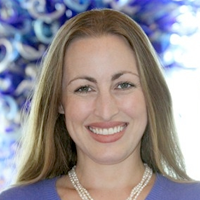 Dr. Monje-Deisseroth and her team at Stanford University recently published a paper detailing how gliomas are able to “hijack” the brain's communication system.
Dr. Monje-Deisseroth and her team at Stanford University recently published a paper detailing how gliomas are able to “hijack” the brain's communication system.
Published in Nature: High-grade gliomas are lethal brain cancers whose progression is robustly regulated by neuronal activity. Activity-regulated release of growth factors promotes glioma growth, but this alone is insufficient to explain the effect that neuronal activity exerts on glioma progression. Here we show that neuron and glioma interactions include electrochemical communication through bona fide AMPA receptor-dependent neuron–glioma synapses. Read More

Congratulations to two of our Center of Excellence teams lead by Dr Javad Nazarian and Dr. Michelle Monje on their recent groundbreaking research publication. Due in part to increased access to post-mortem tissue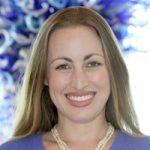 the teams were able to study a larger sample of DIPG tumors. Diffuse intrinsic pontine glioma is a lethal pediatric brain cancer characterized by H3K27M histone mutation. Nagaraja et al. characterize a large cohort of rare primary tumors and normal pontine tissue to reveal active regulatory element heterogeneity dependent upon the histone variant and cell context in which the mutation occurs. Read More
the teams were able to study a larger sample of DIPG tumors. Diffuse intrinsic pontine glioma is a lethal pediatric brain cancer characterized by H3K27M histone mutation. Nagaraja et al. characterize a large cohort of rare primary tumors and normal pontine tissue to reveal active regulatory element heterogeneity dependent upon the histone variant and cell context in which the mutation occurs. Read More
Research Breakthroughs Resulting from Autopsy Tissue
Donovan_et_al_Locoregional_delivery_CAR-T_cells_Nat_Med2020_opt
Potent antitumor efficacy of anti-GD2 CAR T cells in H3-K27M+ diffuse midline gliomas_2018
Non-inflammatory tumor microenvironment of diffuse intrinsic pontine glioma_2018
Intertumoral Heterogeneity within Medulloblastoma Subgroups_Sick Kids Publication_June 2017
A Protocol for Rapid Post-mortem Cell Culture of Diffuse Intrinsic Pontine Glioma (DIPG)_March 2017
Neural Precursor-Derived Pleiotrophin Mediates Subventricular Zone Invasion by Glioma_Aug 2017
Divergent clonal selection dominates medulloblastoma at recurrence
Models Pave the Way for Improved Outcomes in Medulloblastoma_August 2016
Functionally defined therapeutic targets in diffuse intrinsic pontine glioma_June 2015
Neuronal Activity Promotes Glioma Growth through Neuroligin-3 Secretion_May 2015 Cell
Stanford Research Paper: Electrical and synaptic integration of glioma into neural circuits
Rapid autopsy of a patient with recurrent anaplastic ependymoma.
Next-Generation Rapid Autopsies Enable Tumor Evolution Tracking and Generation of Preclinical Models
Why Autopsy Tissue is Needed to Empower Research
Pediatric Brain Cancer Tissue Donation article_2016
Overcoming Autopsy Barriers in Pediatric Cancer Research
Study on Collection of autopsy tissue in DIPG patients_Oct 2010
Next-Generation Rapid Autopsies Enable Tumor Evolution Tracking_January 2018
The clinical, research, and social value of autopsy after any cancer death
Gift from a Child
Is a Swifty Foundation Program
Swifty is a recipient of the GuideStar Gold Seal of Transparency






